

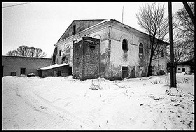 |
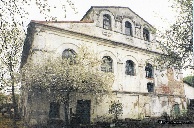 |
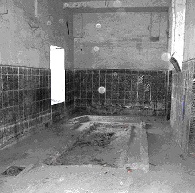 |
| Kobryn Synagogue, Circa 1930 Photo Credit: TBD |
Kobryn Synagogue, Circa 2002 Photo Credit: URJC of Belarus |
Kobryn Synagogue, September 2005 Photo Credit: Shana Egan |
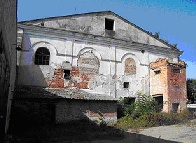 |
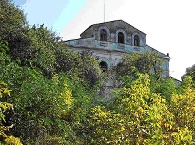 |
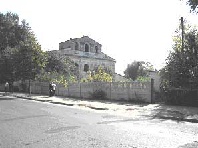 |
| Kobryn Synagogue, September 2005 Photo Credit: Shana Egan |
Kobryn Synagogue, September 2005 Photo Credit: Shana Egan |
Kobryn Synagogue, September 2005 Photo Credit: Shana Egan |
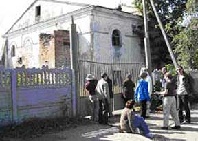 |
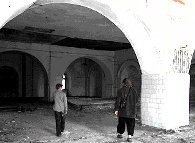 |
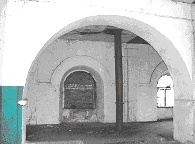 |
| Group outside gate to Kobryn Synagogue, September 2005 Photo Credit: Shana Egan |
Main room of Kobryn Synagogue, September 2005 Photo Credit: Shana Egan |
Main room of Kobryn Synagogue, September 2005 Photo Credit: Shana Egan |
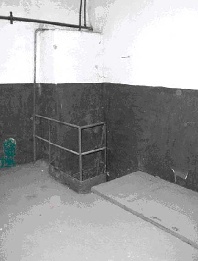 |
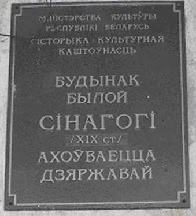 |
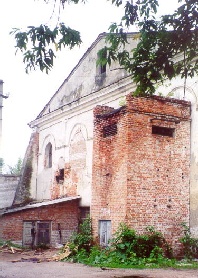 |
| Possible steps into the mikva of Kobryn Synagogue, September 2005 Photo Credit: Shana Egan |
Plaque outside of Kobryn Synagogue, September 2005 Photo Credit: Shana Egan |
Kobryn Synagogue, Circa 2004 Photo Credit: Alyssa Gillespie |
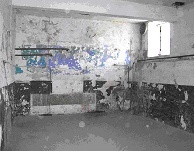 |
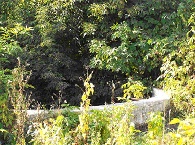 |
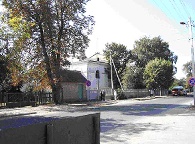 |
| Kobryn Synagogue, September 2005 Photo Credit: Shana Egan |
Cistern outside of Kobryn Synagogue, September 2005 Photo Credit: Shana Egan |
Building to the left of Kobryn Synagogue, September 2005 Photo Credit: Shana Egan |
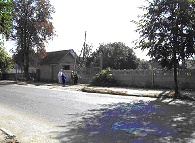 |
||
| Building to the left of Kobryn Synagogue, September 2005 Photo Credit: Shana Egan |
In the synagogue's yard was also the old Gass Beit Midrash. The old people told us Jews prayed there, Sephardi style.
The synogogue compound at one time included the municipal bath and Mikveh that belonged to Herschel and Frieda Kamanietzky. (Later, after all traces of the bathhouse were gone, people continued to call Frieda, the bath attendant). The external appearance of the synagogue was the old Polish style. There were three gates, all on the west side.
Through the gate you entered the great entrance (Falish). Inside the main entrance was a double door, wide and painted dark brown, and above it was the verse, This is God's Gate. The Righteous Shall Enter It. The third entrance led to wooden stairs to the Women's Gallery.
During the Second World War the Nazis turned the synagogue into a grain silo. The Holy Ark was desecrated and left in its place.
It has been said that the building has been returned to the Jewish community and will be restored if and when funds are available.
Additional information about the synagogue history can be found in English in the Jewishgen Translation of the Yizkor Book of Kobryn . Also on Jewishgen: This history of the Synagogue.